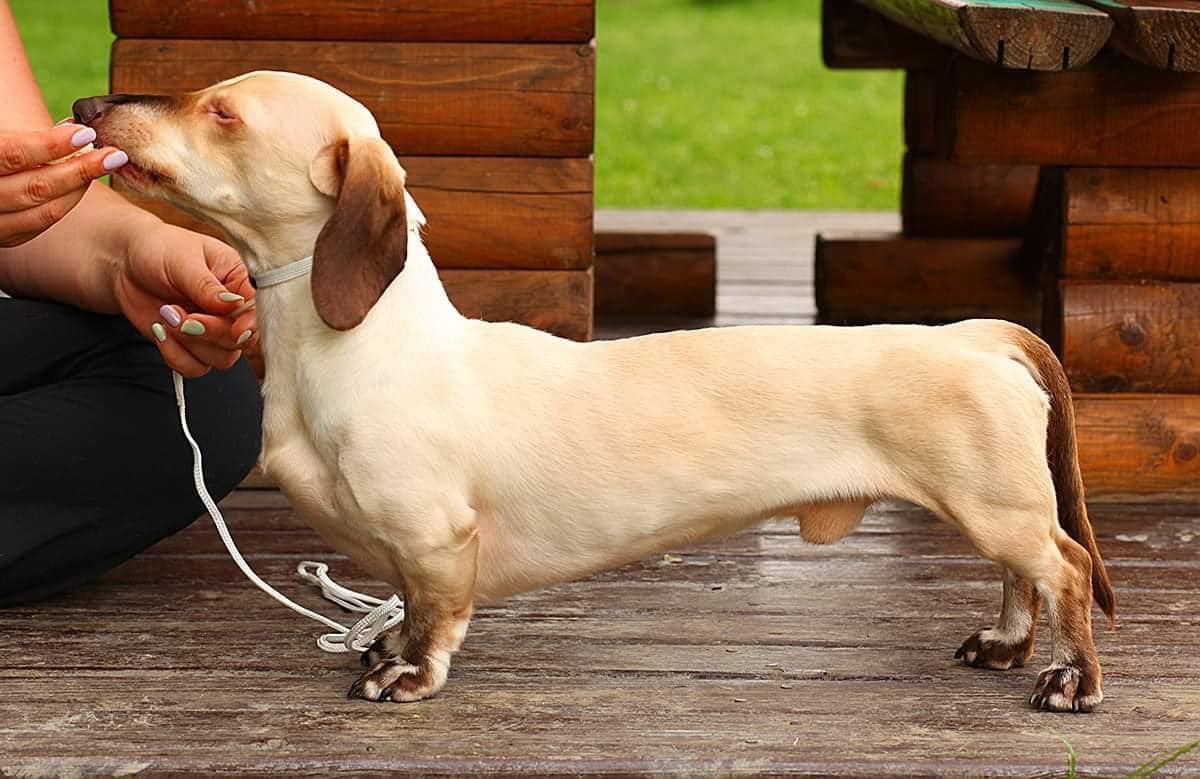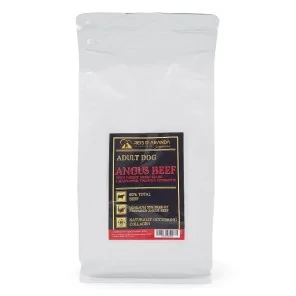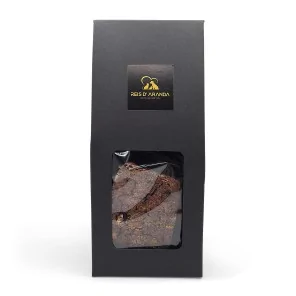The Tornjak originated from genetically homogeneous, almost extinct, indigenous shepherd dogs. These dogs have...
THE HIMALAYAN PATTERN IN DOGS
INTRODUCTION
One of the biggest surprises in canine genetics recently has been the discovery of two dogs with a pointed ‘Siamese’ pattern, what do these dogs look like? In this article we will find out.
WHAT IS THE HIMALAYAN PATTERN IN DOGS LIKE?
Siamese/Himalayan is a recessive form of heat-sensitive partial albinism where pigment is found only in the cooler areas of the animal - the feet, nose, ears and tail. The intensity of the colour varies with external temperatures, with cooler temperatures generally producing the darker spots. The eyes are usually blue, like other forms of albinism in dogs and cats.
This gene is fairly common in many animal species, but so far has not been found in dogs. It can occur in conjunction with any other gene, so theoretically a dog could be merle-pointed, liver-pointed, sable-pointed or anything else.
WHAT DOES THE HIMALAYAN PATTERN LOOK LIKE PHYSICALLY IN DOGS?

Only one of the two cases of Siamese points in dogs has so far been confirmed by genetic testing. More pictures of Matysek the Dachshund can be seen on his Facebook page: https://www.facebook.com/Color-Point-Dog-112045217154840.
Matysek is genetically black tan (atat) - you can see traces of the pattern on his face and feet, and puppy photos show him to have been born in a black tan litter. His phaeomelenin has almost completely disappeared (diluted to white, as is clear on the sides of his muzzle), and only eumelanin remains in his points. His eyes are blue, with red/pink pupils.
STERILITY AND UNCERTAINTY
Matysek is known to be sterile, however, as this gene is recessive, there will also be carriers of the gene in his lines (the mutation must have occurred in one of his ancestors). It is not currently known whether all dogs with two copies of this new gene will be sterile, and we will not know unless more dogs with this mutation appear.
CONCLUSION
The Himalayan pattern is amazing, curious and unique in the dog world, being totally normal in cats, rabbits, guinea pigs or rats (not affecting them in any way).
Leave a comment
Log in to post comments
















